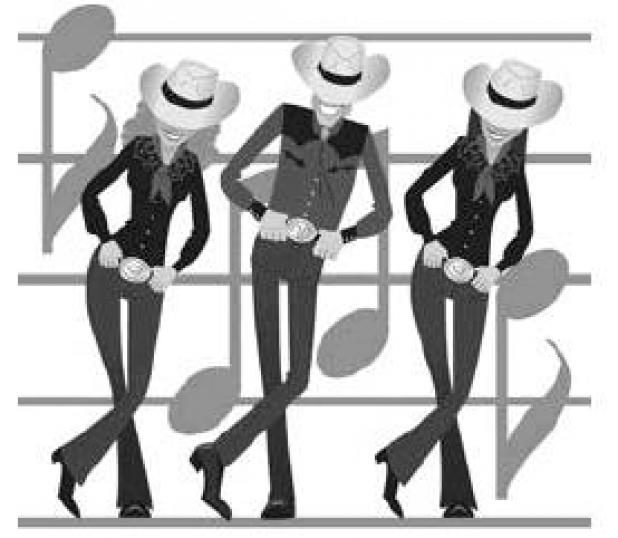
The origins of line dancing
When attending a country hoedown, one is bound to encounter line dancing. Line dancing is popular in honkey tonks, bars, church basements, and just about anywhere folks are gathering for a good time.
The history of line dancing is extensive, though there is debate as to its origins. According to the Grizzly Rose club in Colorado, some believe that country line dancing can be traced back to the round and square dances of Europe. Others say it originated with 19th century social settlement movement folk dancing. Settlers of towns had their own songs and sounds that evolved into modern country music. In turn, dances were modified to go along with the tunes. Contra dancing, which is a form of American folk dance in which the dancers form two parallel lines and perform a sequence of dance movements with different partners down the length of the line, likely played a hand in the evolution of country line dancing as well.
As its name suggests, line dancing involves people dancing in lines to music. The dances are choreographed with a repeating series of steps that are performed in unison. Dancers all face the same direction, although there may be multiple lines. Dance Poise also says that there is almost no physical contact between dancers, unlike other country western dances, though hand-holding may occur.
Country line dances are made up of various steps to a number of counts, which coordinate to the beat. They often feature catchy names, such as “The Texas Two-Step,” “The West Coast Shuffle” and the “Boot Scootin’ Boogie.”
Some find line dancing so appealing because it does not require a partner, making it ideal for singles, couples or those who feel they aren’t the strongest dancers.
Line dances are not limited to country music. Popular music has given rise to many different line dances, including the “Charlie Brown,” the “Macarena” and the “Cha-Cha Slide,” among others.
Line dancing can make for an entertaining night out with friends who share a love of country music.
